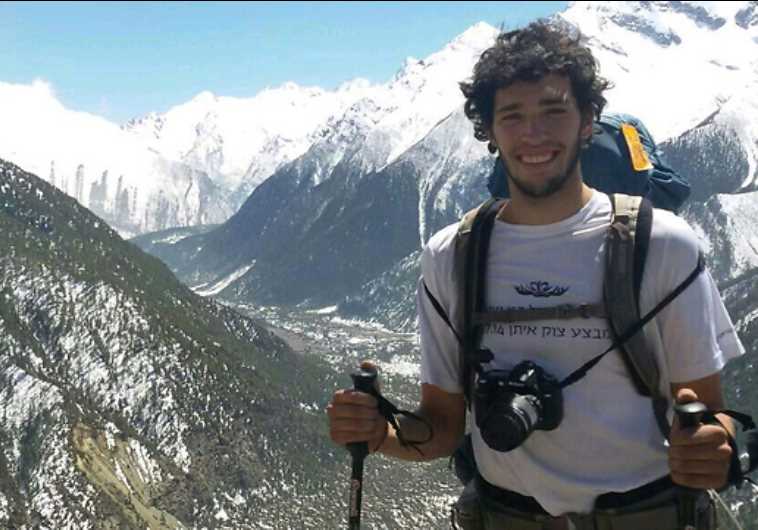ZAKA: Search team finds documents connected to Israeli trekker missing in Nepal
The documents linked to Or Asraf were found in an area where a large avalanche occurred after the quake, ZAKA spokesman says.
 Or Asraf, the missing Israeli hiker, seen here in Nepal
Or Asraf, the missing Israeli hiker, seen here in Nepal